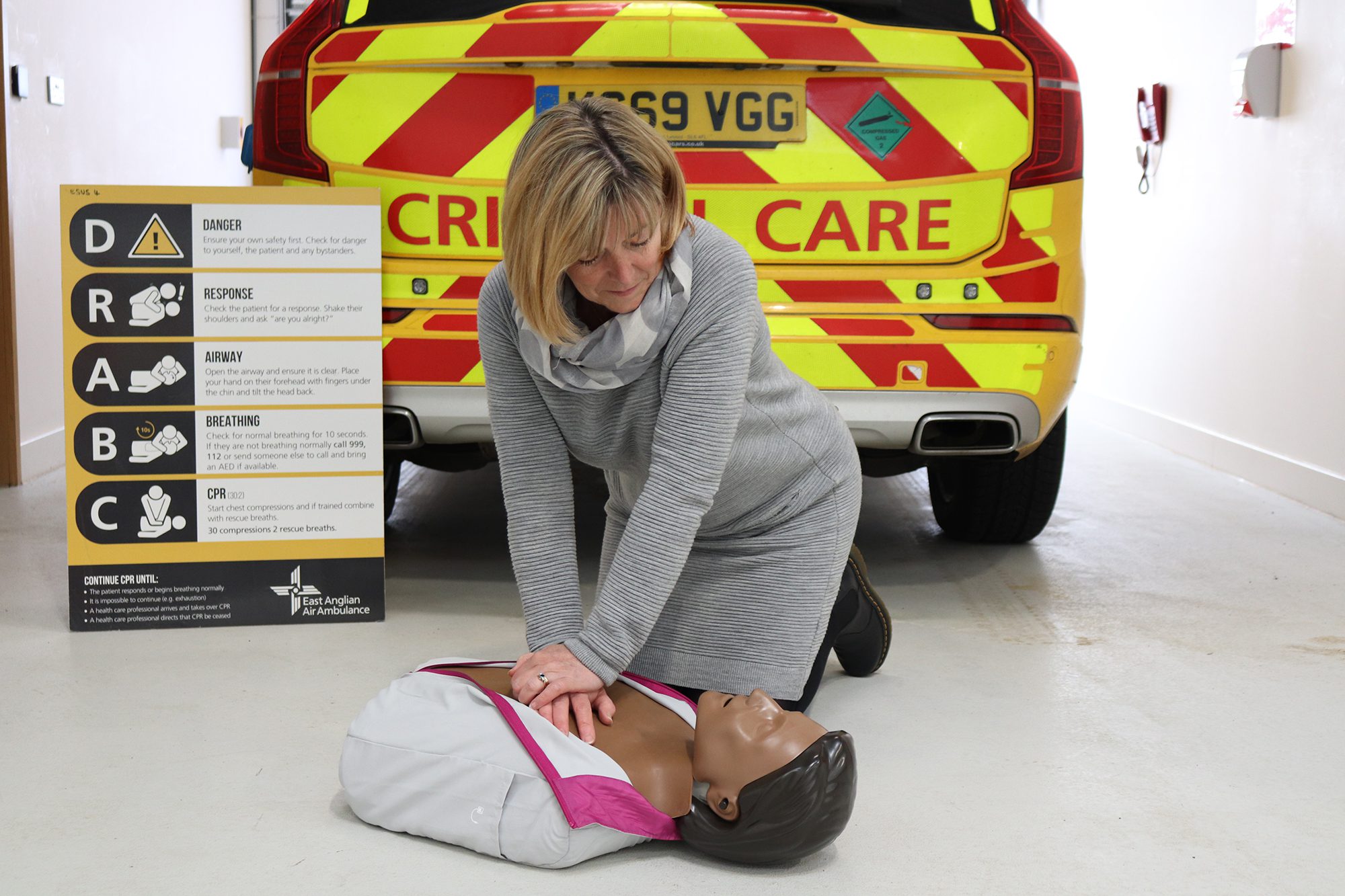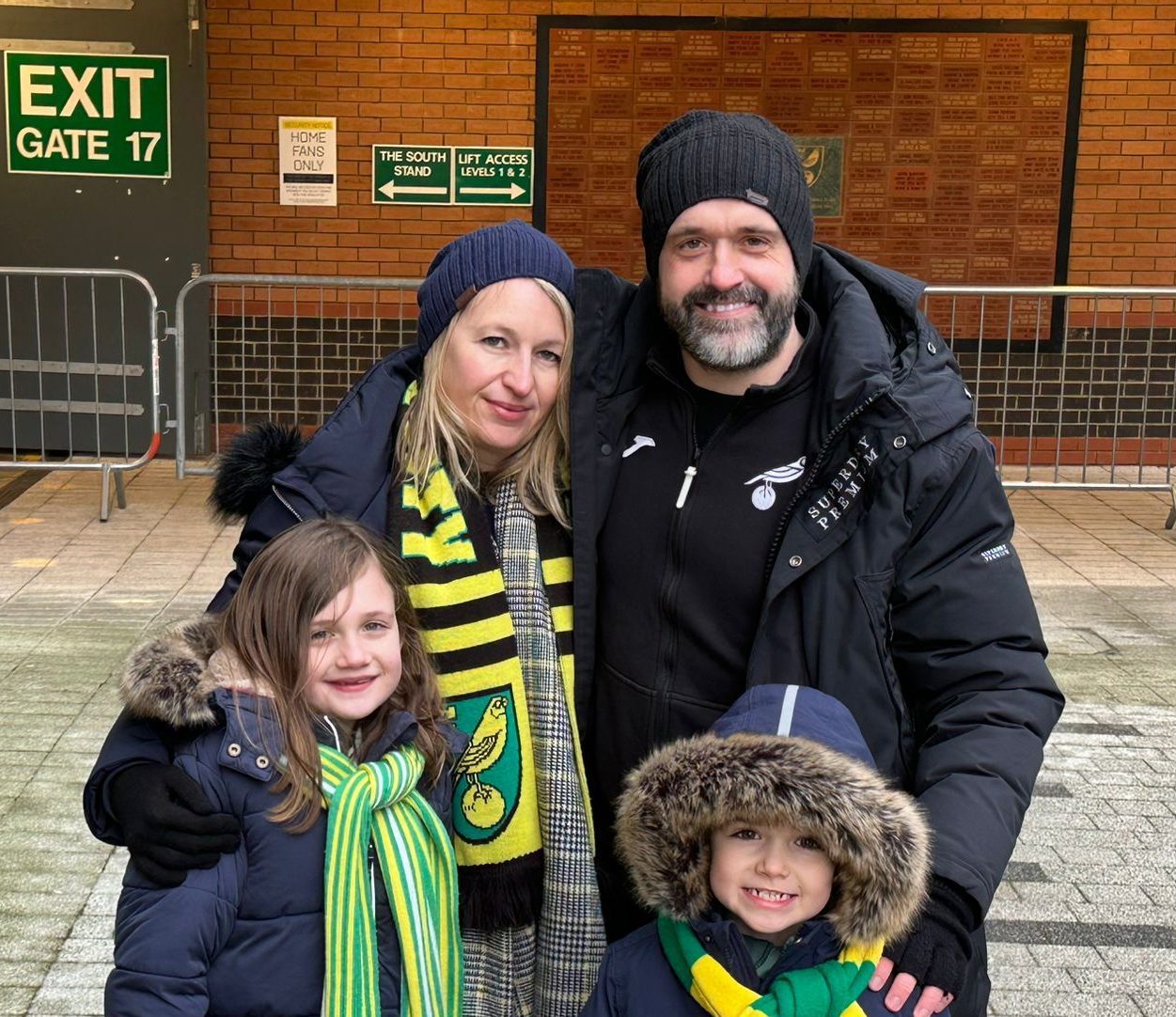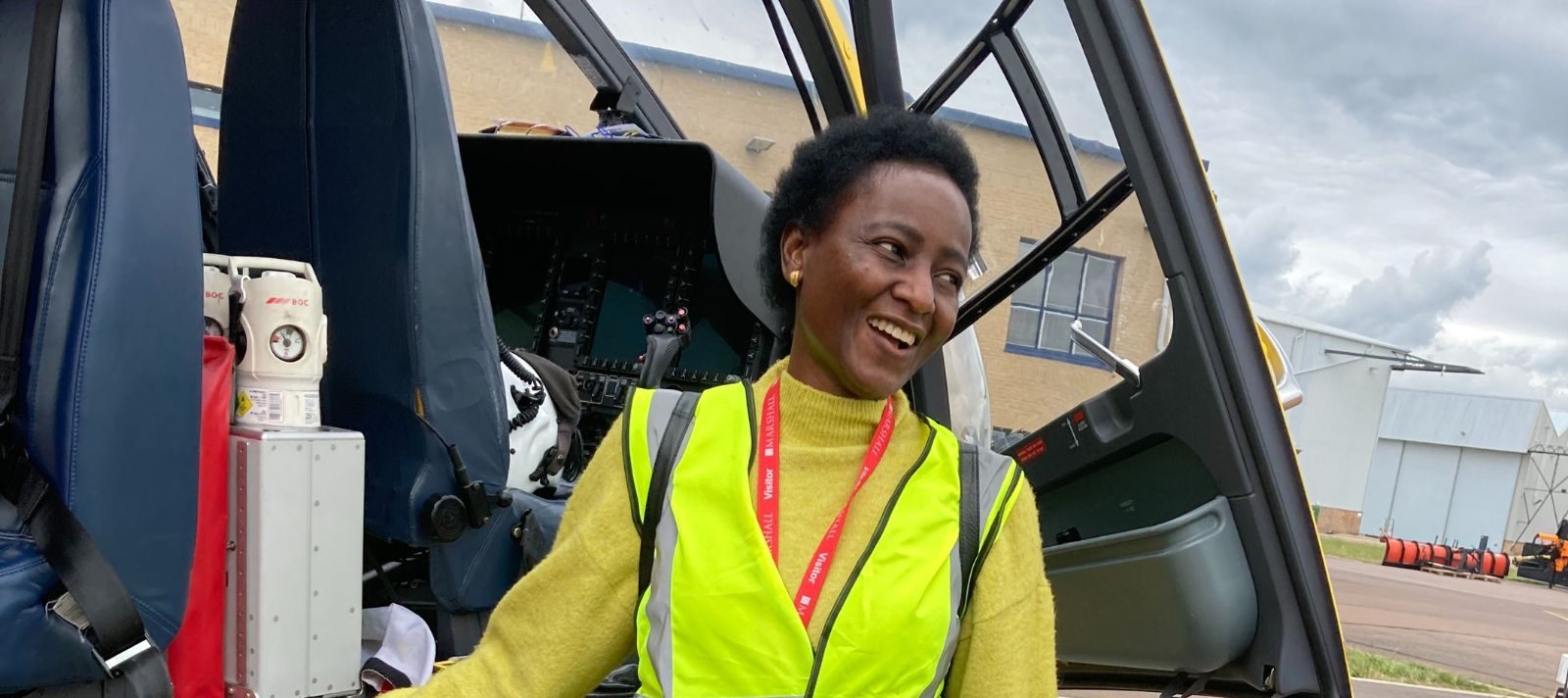Cardiac arrests
Every year in the East of England, approximately 12,000 people suffer a cardiac arrest. That’s over 30 people every single day. One in four of the emergencies EAAA is tasked to are cardiac arrests. These are life-threatening medical emergencies where every second counts and bystanders can play their part in helping to save somebody’s life.
A cardiac arrest is a life-threatening emergency caused by a sudden loss of heart activity. With a medical cardiac arrest, patients may suddenly collapse, stop breathing and become unresponsive.
When EAAA are tasked, the crew will bring advanced medication and equipment, which is over and above what the ambulance service provides and carry. This includes an immediate care bag, critical care bag, monitor/defibrillator, ventilator and LUCAS chest compression machine.
When the EAAA crew get to the patient’s side, they will take a handover from the ambulance service. They must rapidly try to establish the cause of the collapse, what care has been delivered so far, reassess the patient and formulate a plan for next steps. The goal is to reverse cardiac arrest and achieve return of spontaneous circulation.
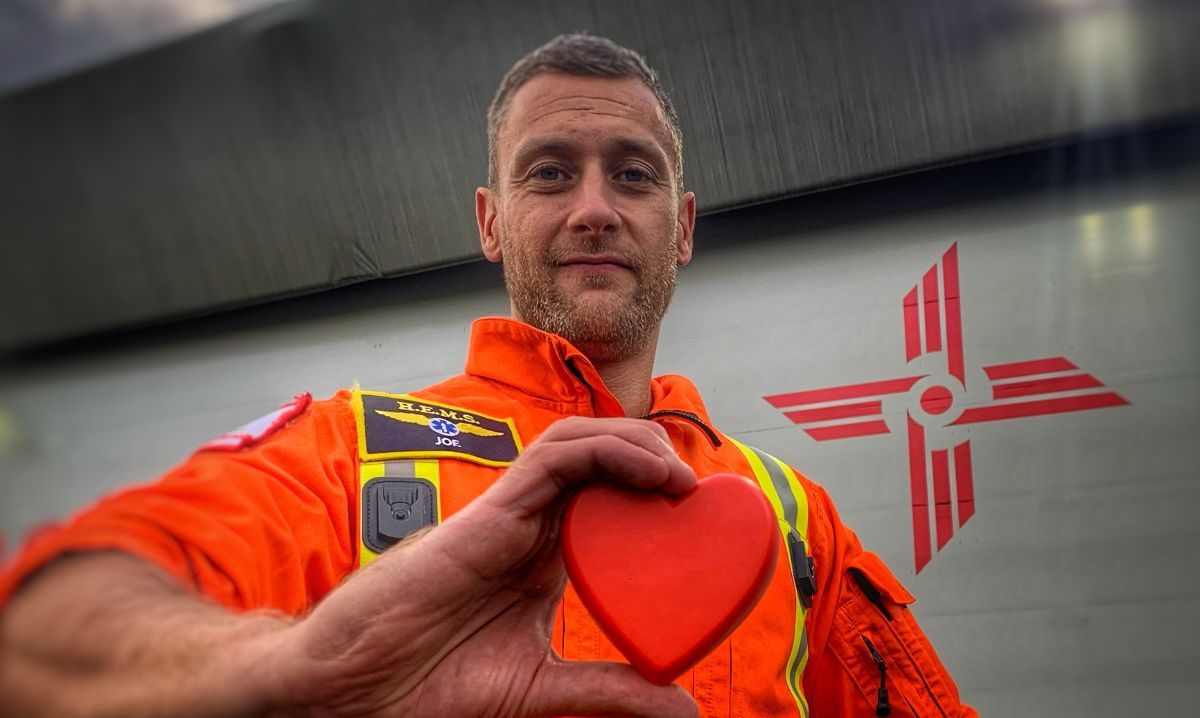
Behind the scenes of a cardiac arrest mission
Approximately one in four of the medical emergencies to which we are tasked are cardiac arrests. When every second counts, starting the chain of survival at the scene as soon as possible is vital, and we all have our part to play.
We spoke to East Anglian Air Ambulance (EAAA) Critical Care Paramedic (CCP), Joe Dowsing about what happens when the EAAA phone rings for critical care for an out-of-hospital cardiac arrest patient, and why early bystander CPR and use of a defibrillator on scene is so important.
Advanced critical care
The EAAA crew will work in unison with our EEAST colleagues. EAAA pre-hospital doctors and critical care paramedics look to bring enhanced care to the patient.
This may mean advanced airway management and ventilation, central venous and arterial access, the chest compression device (LUCAS), advanced drug therapy and point of care ultrasound.
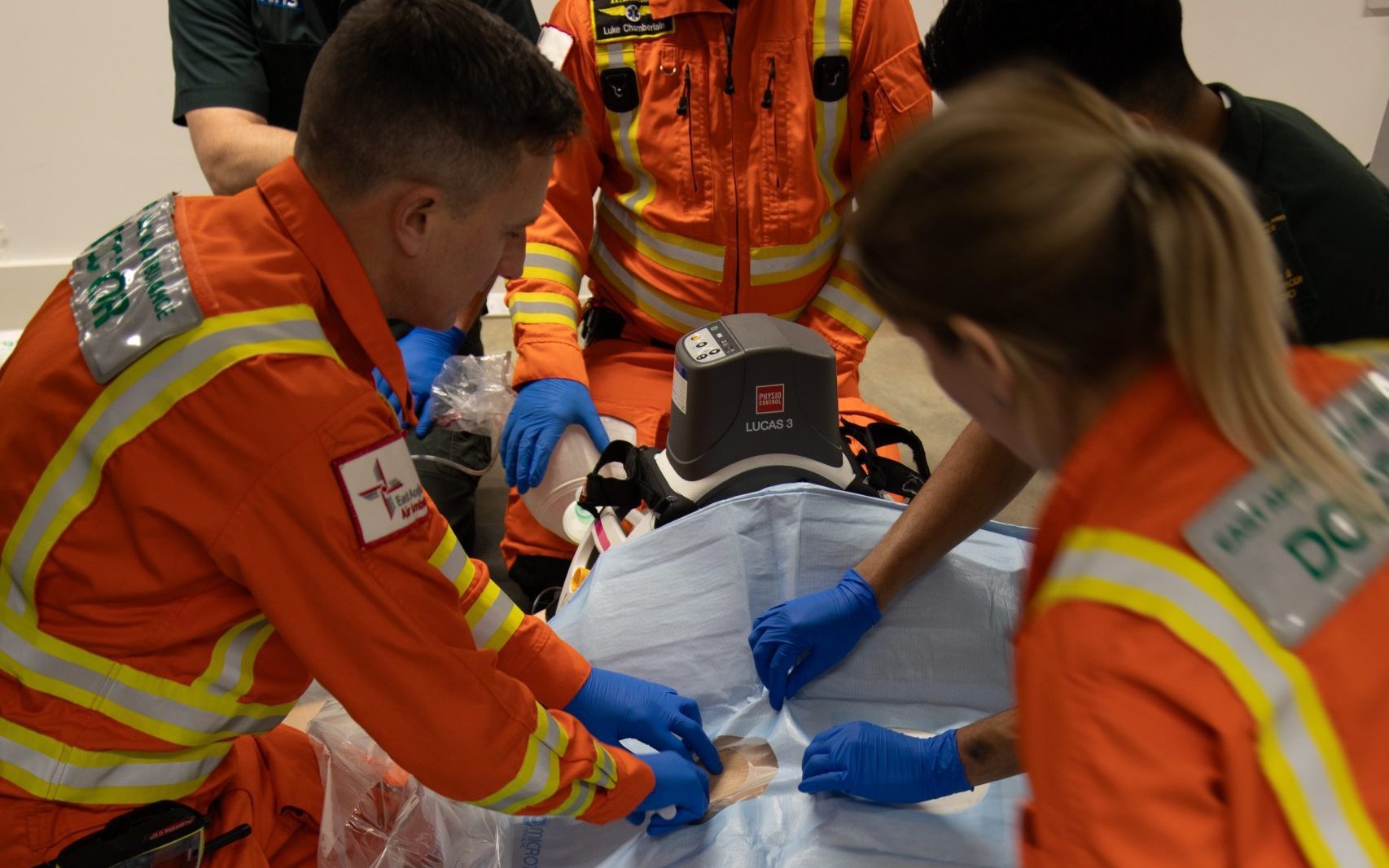

If we achieve a return of spontaneous circulation, we have the option of pre-hospital emergency anaesthesia, advanced ventilation, invasive blood pressure monitoring and a wealth of medications to improve stability. Once a patient is stable, we can look to transport them to a specialist cardiac centre – the helicopter makes lengthy journeys from the most rural areas possible.

— CCP Joe Dowsing
Learn CPR
Every second counts when a cardiac arrest occurs, which is why EAAA is committed to teaching as many people as possible life-saving skills in CPR. This starts the chain of survival as soon as possible before the arrival of emergency services.
